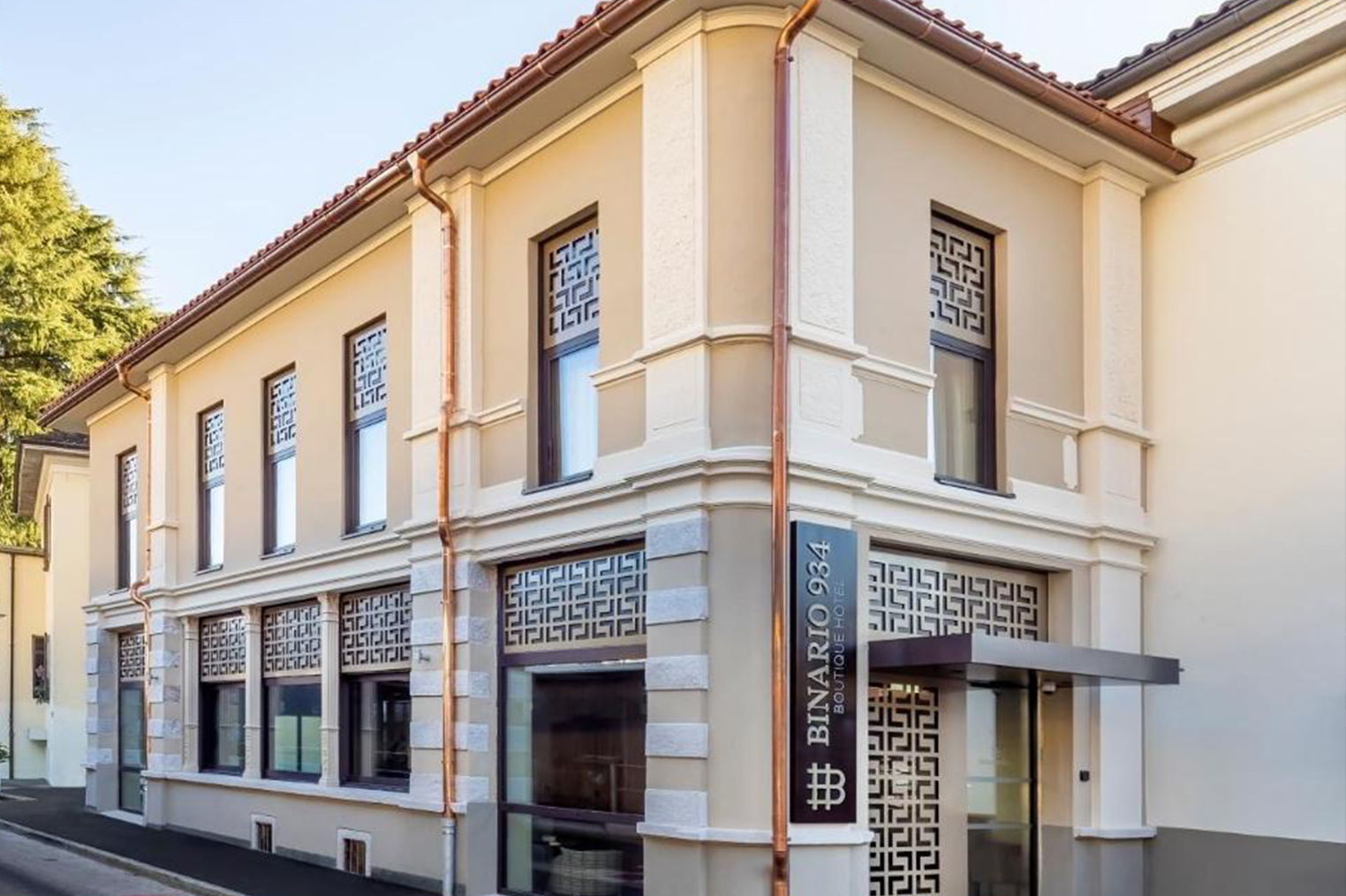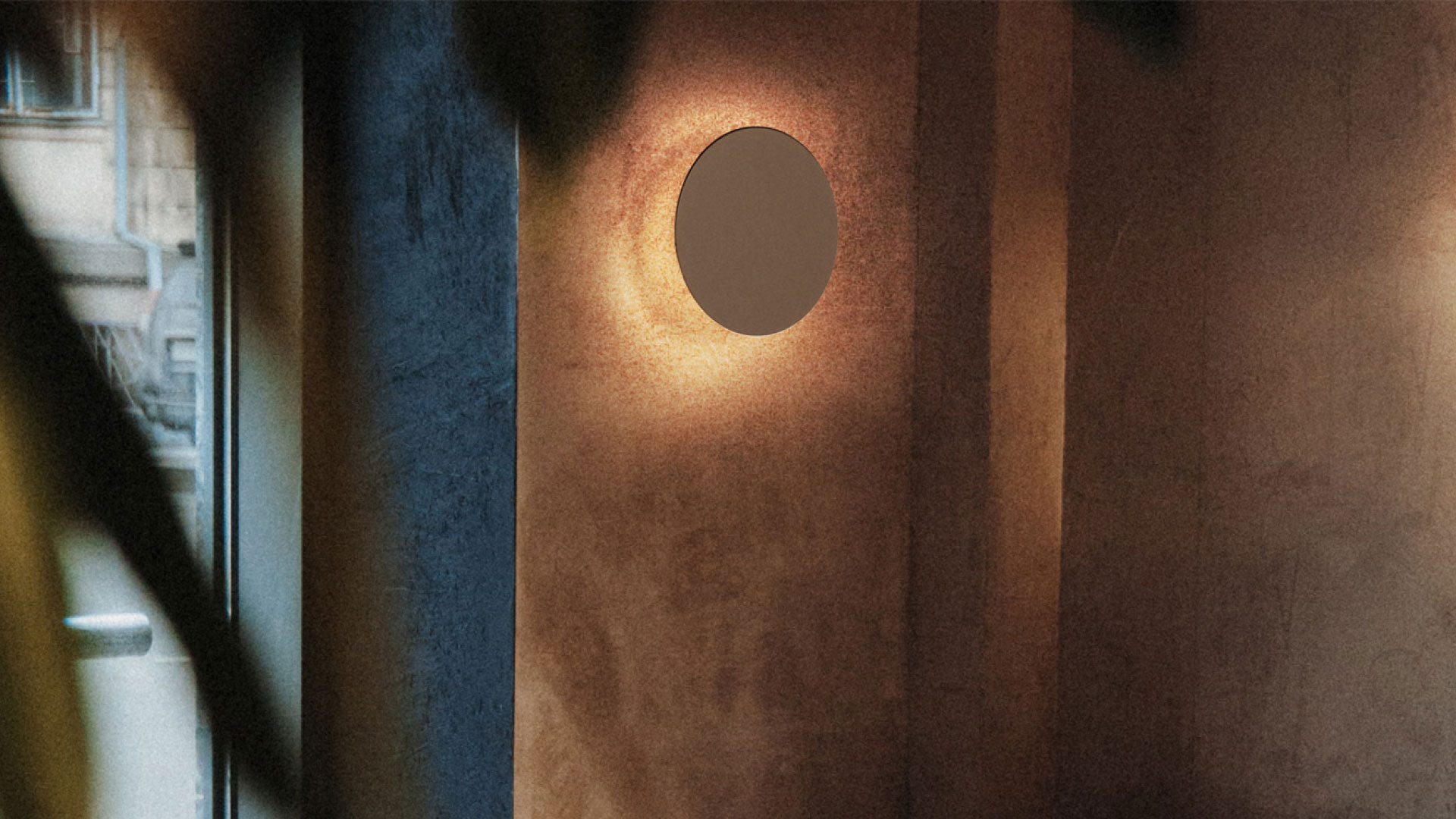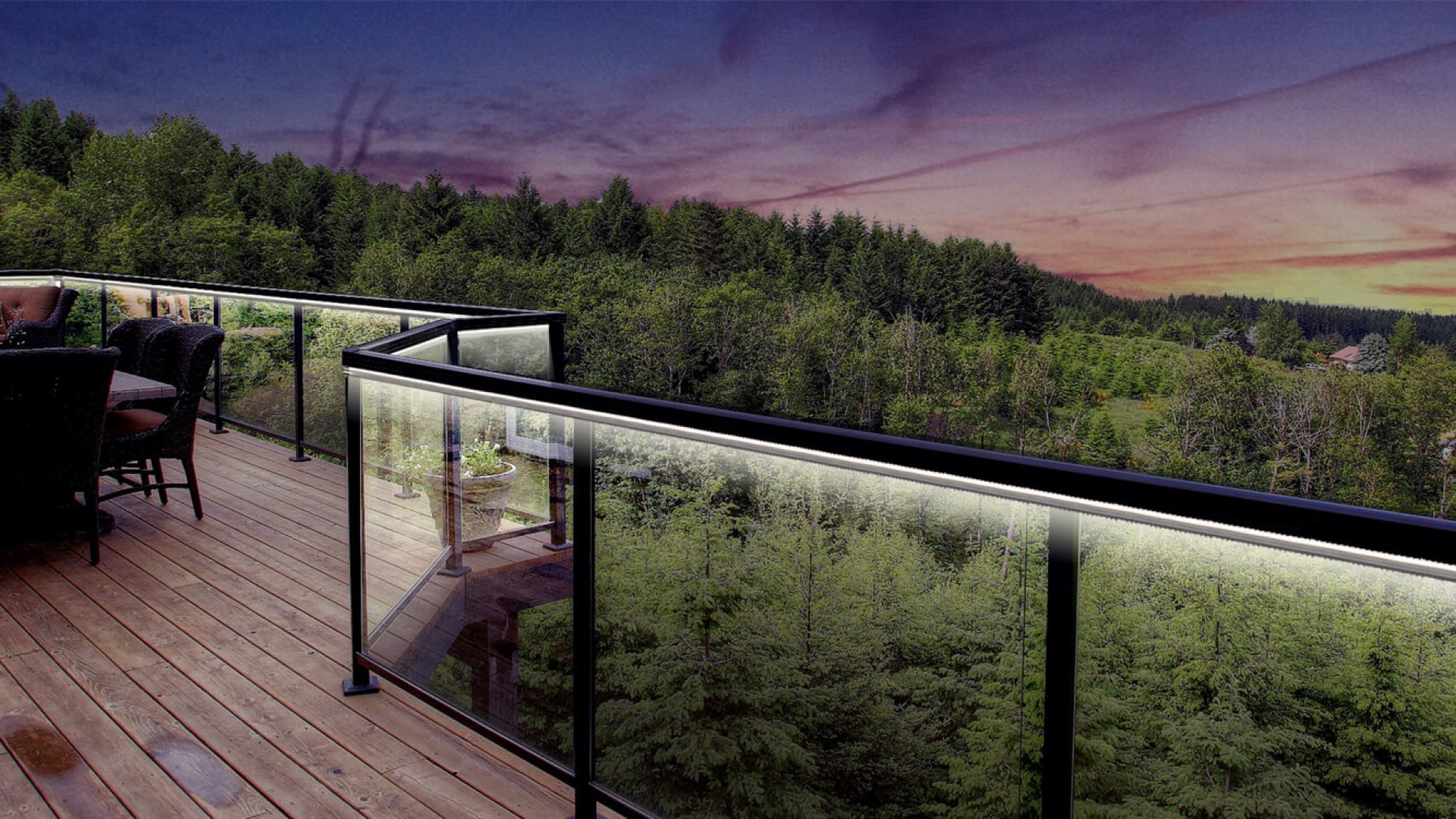Boutique Hotels- or Lifestyle Hotels – are designed specifically to suit the needs and tastes of the clientele, both in terms of design and in terms of the sensory involvement offered to guests. A real lifestyle is thus proposed, rather than just a living room.
Boutique Hotel: Architecture & Lighting Design
Boutique Hotels- or Lifestyle Hotels – are designed specifically to suit the needs and tastes of the clientele, both in terms of design and in terms of the sensory involvement offered to guests. It is therefore a true lifestyle rather than a simple stay.
There are several characteristics that distinguish a Boutique Hotel from a classic hotel. Let’s see them together.
Design & Architettura
The great attention to design and architecture is perhaps the aspect that most differentiates the Boutique Hotels. The materials used are precious and sophisticated, the rooms are elegant and at the same time comfortable, the style is sophisticated and unique. The rooms are personalised and each one is different, not designed according to the principles of seriality typical of large hotel chains.
The design of the space is the element that most of all gives a recognizable and personal character to the structure: the aim is to give identity and uniqueness to each room.
Location
Boutique Hotels have a close connection with the surrounding territory, whose characteristics and traditions are often reflected in the architectural project.
Very often they are in strategic positions, such as close to the main points of interest in an area, or in unique and special contexts such as historical residences or inimitable architectural structures.
The particular and evocative location further enhances the unique experience proposed to guests.
Size
The size of these hotels is usually small. The number of rooms is limited, which helps to give the environment an intimate, cozy and exclusive atmosphere.
Services
To ensure a unique and memorable stay, Boutique hotels offer a variety of highly personalized services that are tailored to their clients. They may offer concierge services, exclusive outdoor activity programs, personalized transfers to and from the hotel or car valet services.
Gastronomy
In addition to the aesthetics of the bars and restaurants in the Boutique Hotels, great attention is dedicated to the gastronomy. The culinary experience is sophisticated and focused on offering new nuances of taste to both hotel guests and external customers.
Lighting Design
The perfect lighting for a Boutique/Lifestyle Hotel depends above all on its nature, its characteristics and the elements that make it unique.
Like the architectural design, the lighting design is the result of research and attention to achieve the highest standards of comfort, well-being, and quality.
The lighting in this type of structure is usually warm and welcoming, the design of the luminaires is particular and unique – often customized – and the finishes are fine and classy.
Outdoors
The outdoors of Boutique Hotels can often be compared to real stage sets that aim to attract attention and increase the attractiveness of the structure, creating a sense of hospitality, welcome and exclusivity both outside and inside.
It is possible to create suggestive atmospheres that enhance the aesthetic and functional uniqueness of the hotel, using decorative light fittings, increasing contrasts, and strategically positioning technical equipment. This ensures maximum visual and emotional comfort for guests and staff.
Lobby
The lobby is a fundamental space as it provides the first perception of the hotel, communicating the message and the type of structure. The lobby also mirrors the architectural concept that links the various spaces on the hotel. The light must therefore be able to transmit exactly the image that the hotel wants to convey to its guests.
Restaurant
The atmosphere in the restaurant of a Boutique Hotel should be relaxed and welcoming to ensure that guests can relax and facilitate leisurely conversation. It is often a sophisticated environment which external customers can also access.
When designing the lighting for this space it is essential to ensure an appropriate level of comfort for the customers: using good levels of illuminance and color rendering and avoiding annoying light reflections due to reflective surfaces.
Bar
Less formal than the restaurant, but still designed to a high standard, is the bar of the Boutique/Lifestyle Hotels.
One of the most popular solutions for lighting the bar counter is to use pendant lamps to characterize the environment. These can catch the eye, define a circumscribed environment within a larger space and support orientation in entrance areas. The low height of the light point also creates a reserved atmosphere in the dialogue between customers and avoids glare.
If the hotel bar is accessible at different times of the day, it is useful to install a domotic system that allows dynamic lighting and the creation of different scenarios for each moment of the day. Dimming, together with the possibility of varying the temperature of the light, personalizes the atmosphere and makes it unique.
Corridors
In the corridors light must be used to identify routes to rooms, staircases, or lifts.
Although this is a service area to which many facilities devote little attention in terms of design and lighting, in Boutique Hotels these areas are designed and lit ad hoc. In addition to functional luminaires, we can find special aesthetic solutions that catch the eye and point the way. In addition to functional appliances, we can find particular aesthetic solutions that catch the eye indicate the various directions to go.











